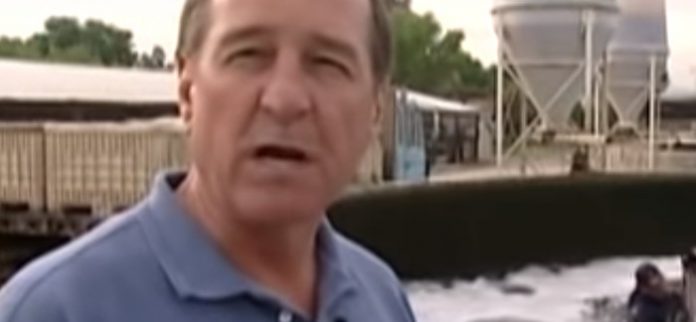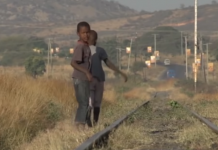Fish farming fits into the industry of aquaculture. The fish are raised in the system in enclosures with the intent that they will one day be sold as a food source. About 50% of the fish that we consume around the world each year are now raised in these artificial environments. Numerous species include tuna, cod, salmon, and halibut.
List of the Pros of Fish Farming
1. It is an effective way to reduce over-exploitation of fish resources.
Over 30% of the natural biomes where commercial fishing takes place have been over-exploited in recent years. Some regions are seeing a 90% loss of some species. As demands for seafood continue to rise, fish farming offers an opportunity to meet that demand without placing more pressure on the natural reserves.
2. it provides a source of income.
Although fish farming does take away commercial fishing opportunities, it also provides local jobs that typically pay well. There are indirect positions in transportation that occur because of its presence as well.
3. It offers more flexibility in our food chain.
We can build fish farms near almost any body of water, which means aquaculture is possible almost anywhere. New filtering technologies allow us to support the raising of numerous species indoors as well.
List of the Cons of Fish Farming
1. It can put other marine species at risk if the farm fails.
If the artificial structures of a fish farm fail for any reason, the escaping fish become an invasive species in the local environment. Even if they are present there naturally, the sheer number of them that release to the waterways can devastate the region.
2. It can contaminate our food supply.
The quality of the seafood we eat is dependent on the health of the water where the marine life lives. Any contaminants in the water can become part of the foods we eat. It is even possible for the waste products from the fish farm to enter the local water supply.
3. It can change the local habitat.
Building artificial cages for fish will change the local waterways. Mangroves in Southeast Asia have experienced destruction because of advancing aquaculture efforts. By changing how tidal cycles operate, we can increase the risks of flooding.
These fish farming pros and cons are essential to consider because they balance food supplies with the need to care for our natural environment. We must work to remove the threat of damage for this aquaculture effort to succeed.




